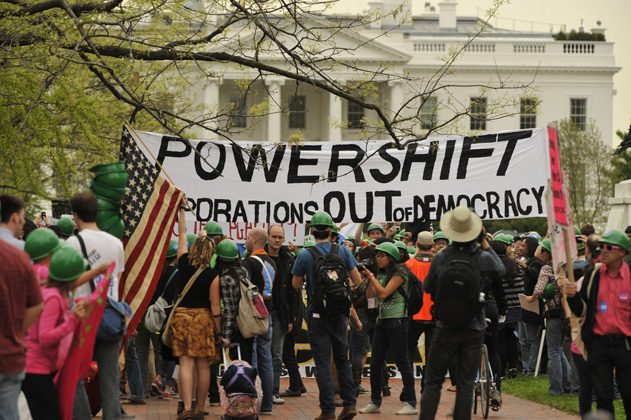Hey, so, about that layer of long-frozen soil covering almost a quarter of the Northern Hemisphere’s land surface? You know, the stuff that’s started melting and freaking out climate scientists but often isn’t calculated into global warming metrics?
Yeah, so, uh, according to a new study published this week in the journal Science, that may be melting way faster than we thought. From Climate Central:
If global average temperature were to rise another 2.5°F (1.5°C), say earth scientist Anton Vaks of Oxford University, and an international team of collaborators, permafrost across much of northern Canada and Siberia could start to weaken and decay. And since climate scientists project at least that much warming by the middle of the 21st century, global warming could begin to accelerate as a result, in what’s known as a feedback mechanism. …
[E]nvironmental scientist Rose Cory, of the University of North Carolina, focused on sites in Alaska where melting permafrost has caused the soil to collapse into sinkholes or landslides. The soil exposed in this way is “baked” by sunlight, and said Cory in a press release, “(it) makes carbon better food for bacteria.”
In fact, she said, exposed organic matter releases about 40 percent more carbon, in the form of CO2 or methane, than soil that stays buried. “What that means,” Cory said, “ is that if all that stored carbon is released, exposed to sunlight and consumed by bacteria, it could double the amount of this potent greenhouse gas going into the environment.”
Permafrost that’s been frozen for hundreds of thousands of years is already starting to melt in the Arctic, not just raising global temps but also razing towns. Y’all up there in the Yukon may consider a move to an ironically warmer area, preferably on high ground. The rest of us will just cower in fear in place.




